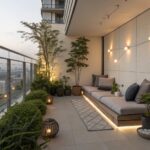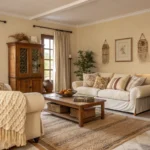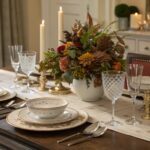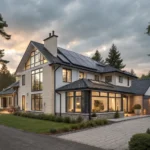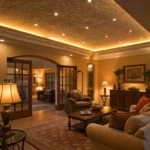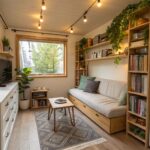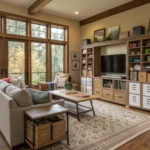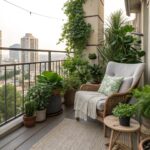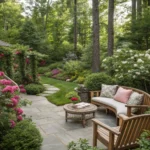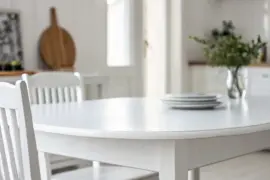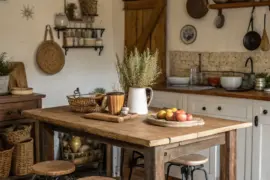Creating inviting outdoor spaces during the colder months transforms how we experience our homes throughout the year. With thoughtful planning and strategic design choices, your patio, deck, or garden can become a welcoming retreat that celebrates the beauty of autumn and winter while providing comfort and functionality when temperatures drop.
Understanding Seasonal Transitions for Outdoor Spaces
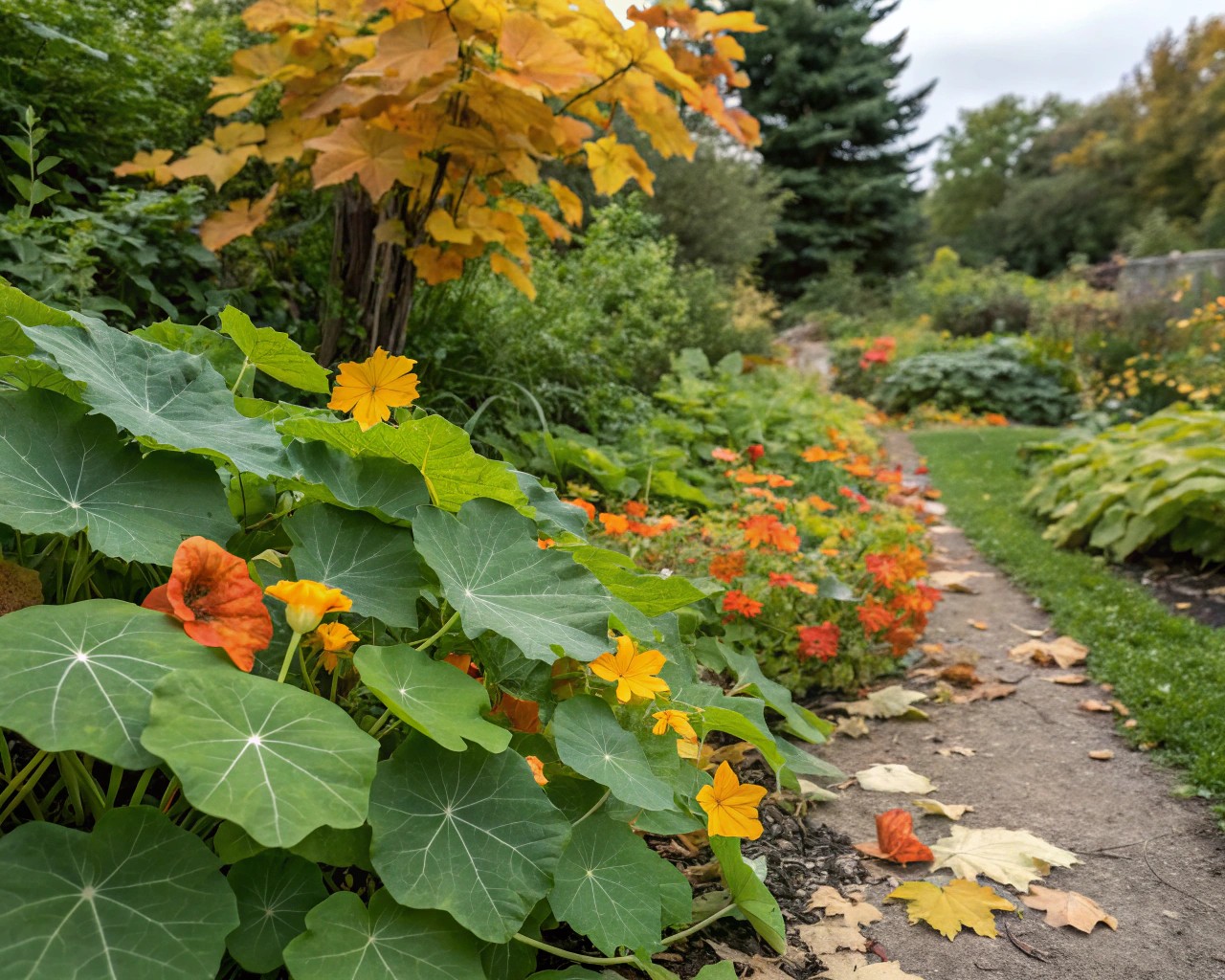
The key to successful cold-season outdoor decorating lies in understanding when and how to make the transition from summer arrangements. Most landscape professionals recommend beginning fall preparations when nighttime temperatures consistently drop below 60°F, typically occurring in September or October depending on your region. This timing allows plants to establish themselves before growth slows significantly in winter.
Timing Your Seasonal Refresh:
- Early Fall (September): Focus on plant transitions and structural preparations
- Mid-Fall (October): Add decorative elements and lighting enhancements
- Late Fall (November): Complete winterization and final styling touches
- Winter (December-February): Maintain and enjoy your cozy outdoor retreat
The most effective approach involves layering elements that work together to create warmth, visual interest, and functionality. I’ve found that starting with evergreen foundations and building upon them with seasonal accents creates spaces that feel intentional rather than hastily assembled.
Plant Selection for Cold-Weather Appeal
Evergreen Foundations
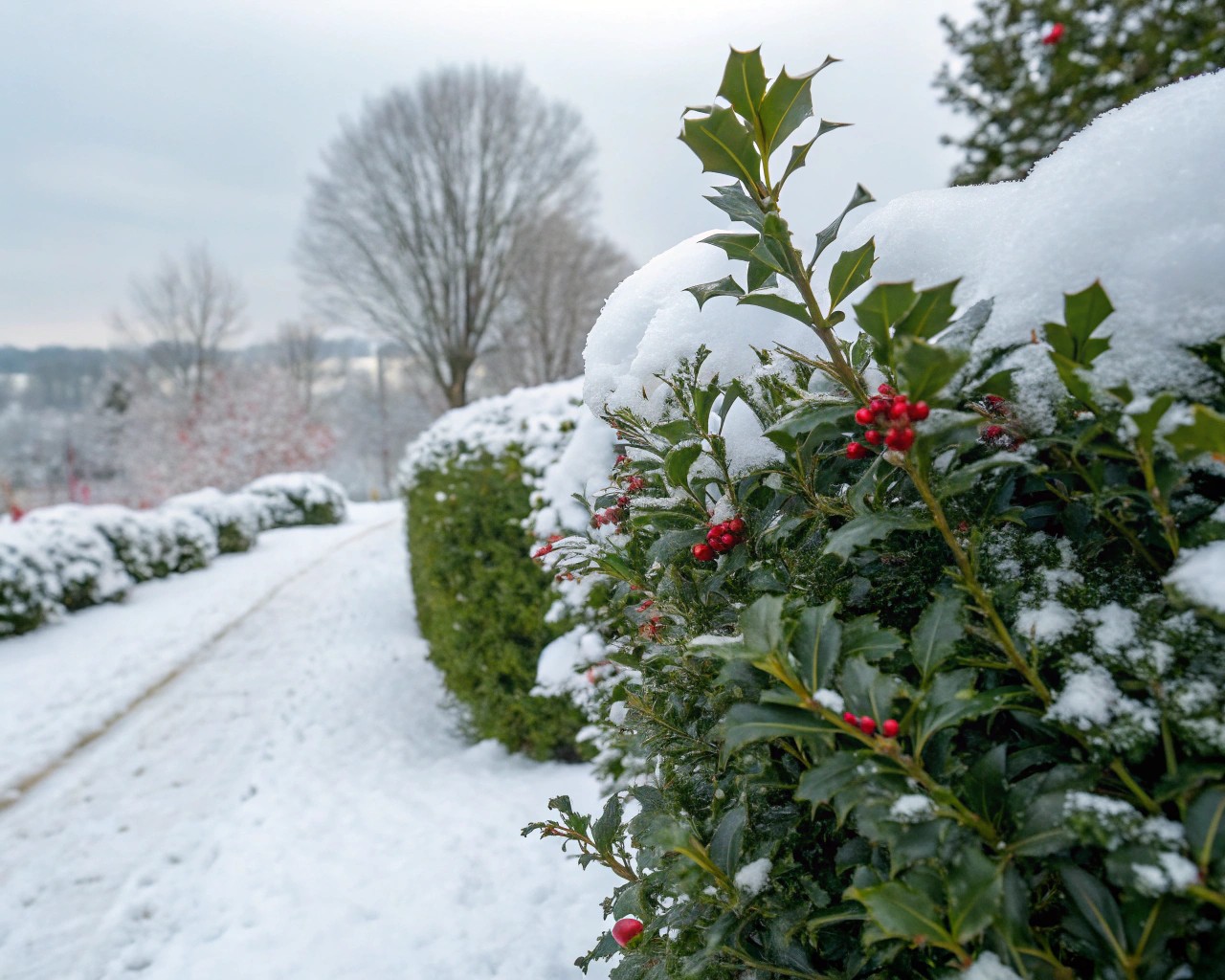
Evergreens serve as the backbone of successful winter outdoor design, providing structure and color when deciduous plants enter dormancy. These hardy plants create natural windbreaks and offer year-round visual interest that anchors your entire outdoor composition.
Top Evergreen Choices for Containers:
- Boxwood (Buxus sempervirens): Classic choice for formal arrangements, hardy to Zone 6
- Dwarf Conifers: Compact varieties like ‘Icee Blue’ juniper provide texture and color
- Rosemary: Dual-purpose herb that’s decorative and functional, hardy to 10°F in protected locations
- Holly varieties: Offer both evergreen foliage and seasonal berries for winter interest
Cold-Hardy Flowering Plants
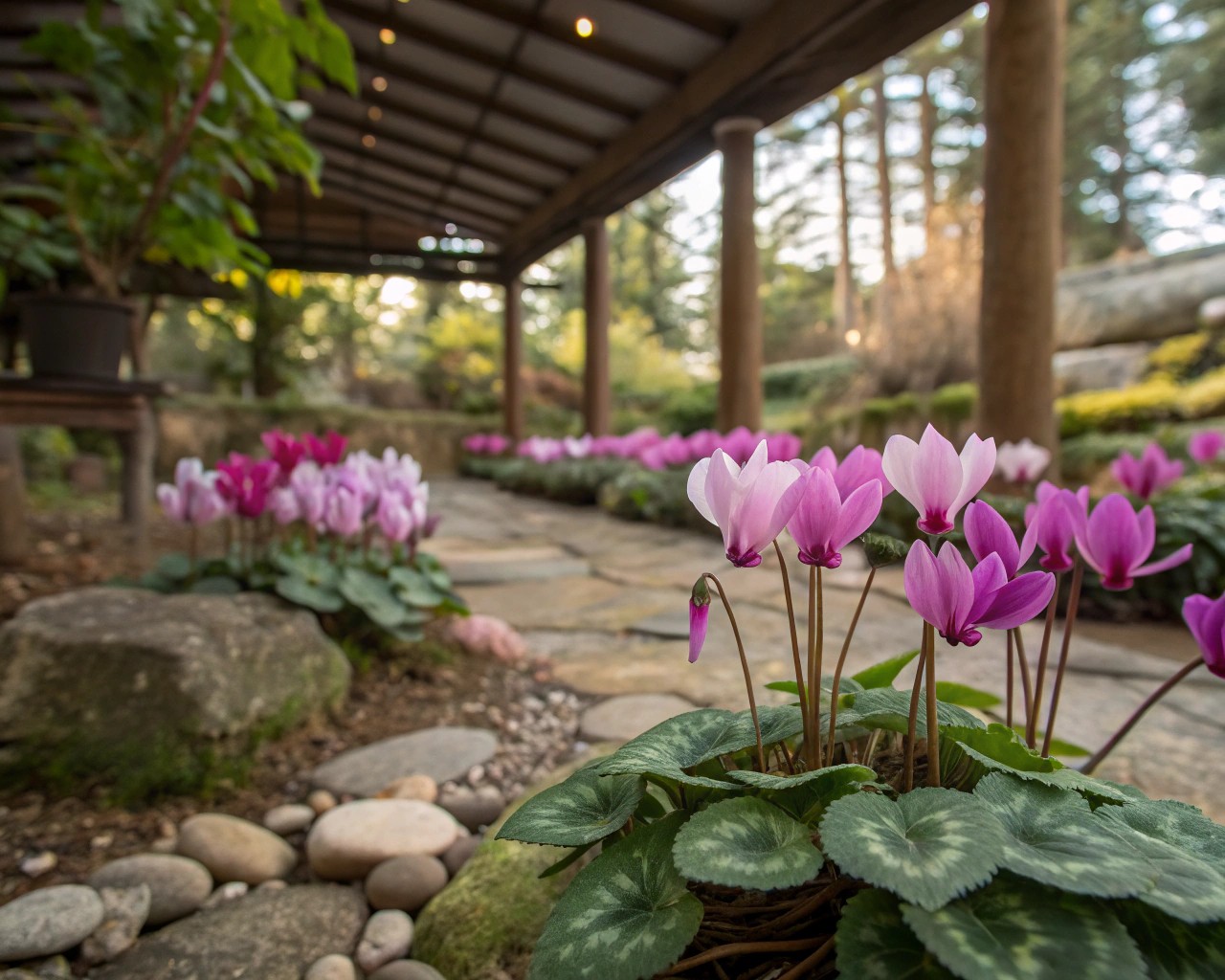
Winter doesn’t mean abandoning color entirely. Strategic selection of cold-tolerant flowering plants ensures your outdoor spaces maintain vibrancy throughout the season.
Reliable Winter Bloomers:
- Violas and Pansies: Hardy to Zone 4, providing continuous color in mild winter spells
- Winter Heather (Calluna vulgaris): Blooms during fall and winter in white, pink, purple, and gold
- Cyclamen: Offers delicate flowers and attractive foliage, suitable for protected locations
- Primrose varieties: Early-blooming perennials that bridge winter into spring
Container Considerations for Cold Climates
Container plants face additional challenges during winter, as limited soil volume provides less insulation than ground plantings. Selecting appropriate containers and understanding cold-protection strategies ensures plant survival and continued visual appeal.
Essential Container Strategies:
- Material Selection: Choose frost-proof terracotta, plastic, fiberglass, or wood containers
- Drainage Enhancement: Raise containers on pot feet or bricks to prevent waterlogging
- Size Matters: Larger containers provide better root insulation than smaller pots
- Protection Methods: Wrap containers with burlap or bubble wrap during severe weather
Creating Warmth Through Strategic Lighting
Lighting transforms outdoor spaces during the darker months, extending usable hours and creating inviting atmospheres that draw people outside despite cooler temperatures. The key lies in selecting warm-toned lighting that complements rather than competes with the natural beauty of fall and winter.
Ambient Lighting Solutions
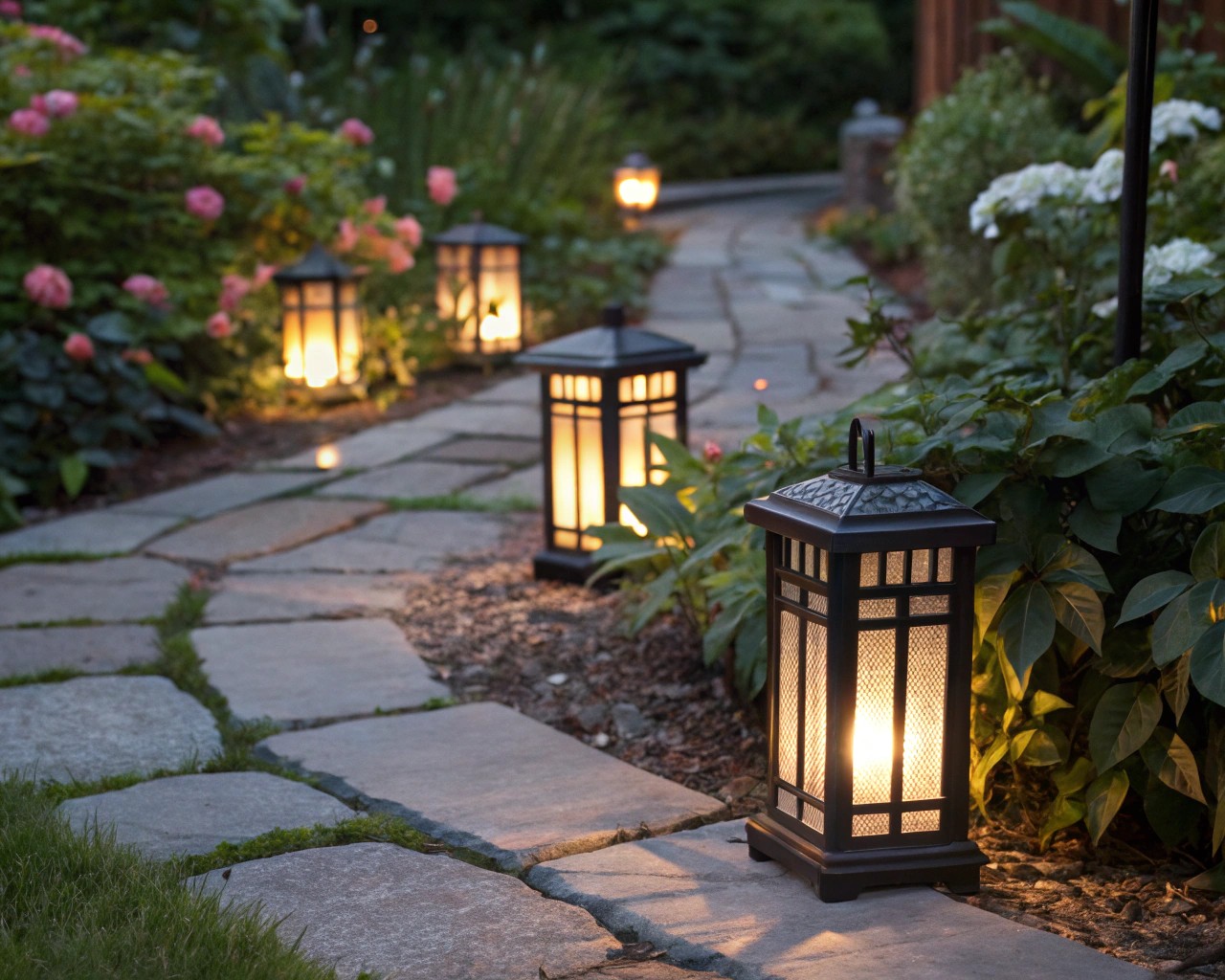
Warm-Toned Options:
- String Lights: Create celestial canopies with warm white or amber LED options
- Lanterns: Battery-operated candles provide safe, flickering ambiance
- Path Lighting: Guide movement while highlighting landscape features
- Spotlights: Dramatically illuminate evergreen trees and architectural elements
Warm amber, golden yellow, and soft white lights echo the rich colors of autumn sunsets, creating comfortable environments that feel natural rather than harsh. I often recommend layering different light sources to create depth and interest—overhead string lights for general illumination, lanterns for intimate gathering spots, and accent lighting to highlight key design elements.
Functional Lighting Integration
Beyond ambiance, lighting serves practical purposes in cold-weather outdoor design. Well-planned illumination ensures safety while extending the functionality of outdoor spaces during shorter daylight hours.
Strategic Placement Guidelines:
- Pathways: Space fixtures 6-8 feet apart for safe navigation
- Seating Areas: Position lights to provide reading-level illumination without glare
- Focal Points: Use directional lighting to emphasize evergreen plantings or architectural features
- Entertainment Zones: Incorporate dimmable options for flexibility during gatherings
Heating Solutions for Extended Outdoor Living
Effective heating allows outdoor spaces to remain functional well into winter, transforming them from seasonal decorations into year-round extensions of your home. Understanding the different heating options and their appropriate applications ensures both comfort and safety.
Patio Heater Selection
Modern patio heaters offer various fuel sources, each with distinct advantages for different situations and preferences.
| Heater Type | BTU Output | Best Use Case | Installation Requirements |
|---|---|---|---|
| Electric | ~5,200/hour | Enclosed patios, consistent heat zones | Standard 120V outlet |
| Propane | 30,000-50,000/hour | Open areas, portable heating | 20-lb propane tank |
| Natural Gas | 30,000-46,000/hour | Permanent installations | Professional gas line installation |
Key Considerations:
- Heat Coverage: Most patio heaters effectively warm 10-12 foot diameter areas
- Portability: Electric and propane units offer flexibility for seasonal rearrangement
- Safety Requirements: Gas-powered units require adequate ventilation and cannot be used in enclosed spaces
- Operating Costs: Factor in electricity rates versus propane refill costs for budget planning
Fire Features for Ambiance and Warmth
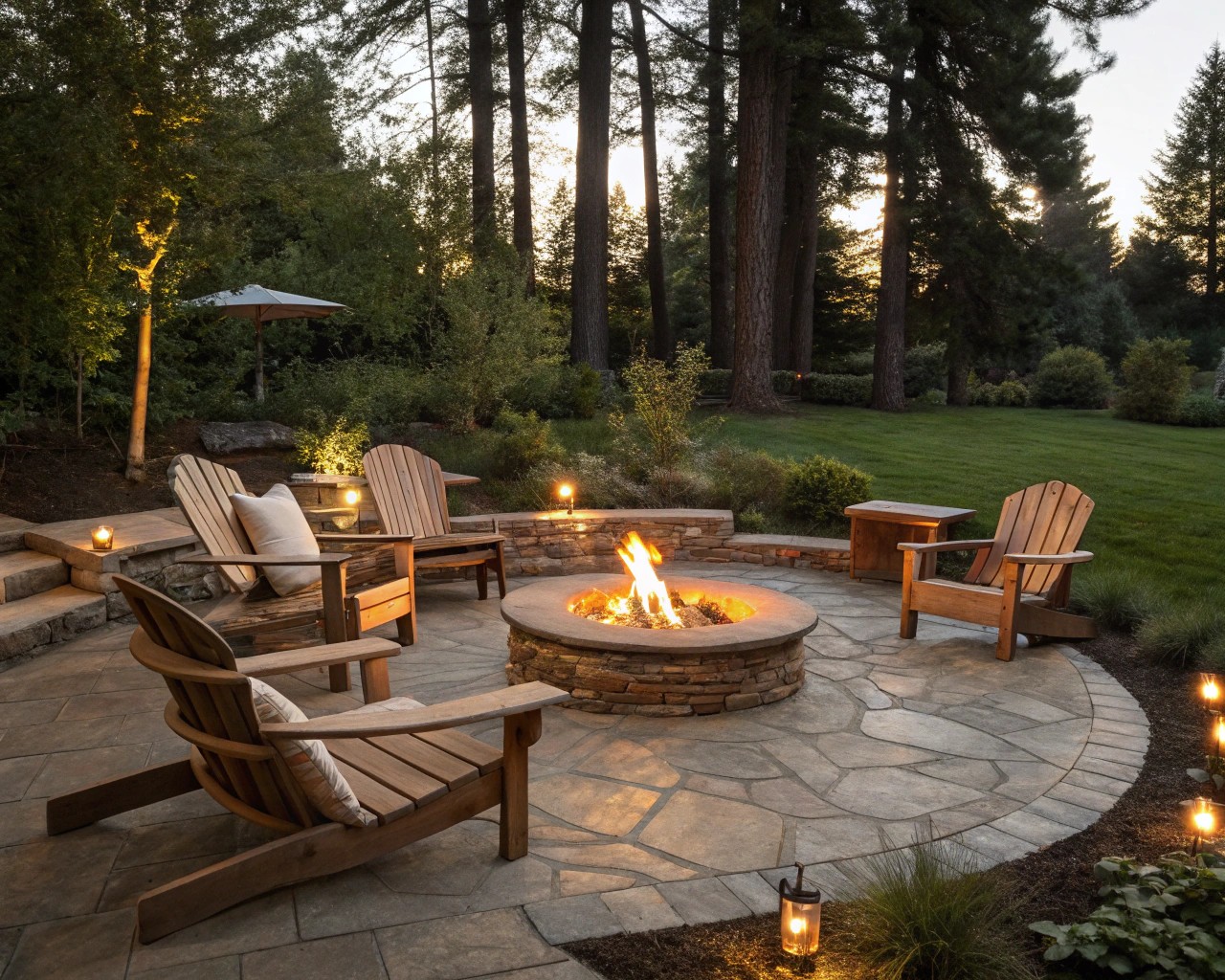
Fire pits and outdoor fireplaces create natural gathering points while providing both functional heat and mesmerizing visual appeal. These features work particularly well for entertaining during fall and winter months.
Design Integration Tips:
- Seating Arrangement: Position chairs 6-8 feet from fire sources for optimal warmth without overheating
- Safety Zones: Maintain clear areas around fire features for safe movement
- Wind Protection: Consider windscreens or strategic placement to prevent smoke issues
- Surface Protection: Use fire-resistant materials beneath portable fire bowls
Seasonal Decorative Elements
Natural Materials and Textures

Fall and winter decorating shines when incorporating natural elements that celebrate the season’s inherent beauty. These materials create authentic connections to the changing landscape while providing cost-effective decorating solutions.
Classic Autumn Elements:
- Pumpkins and Gourds: Available in traditional orange, white, blue, and green varieties
- Hay Bales: Versatile platforms for displaying other decorative elements
- Cornstalks: Provide vertical interest and rustic charm
- Dried Foliage: Incorporate branches, pinecones, and preserved leaves
Winter Transition Materials:
- Evergreen Boughs: Fresh or preserved garlands and wreaths
- Bare Branches: Architectural elements that highlight winter’s stark beauty
- Ornamental Grasses: Provide movement and texture throughout winter
- Berry Branches: Add color pops against neutral winter backgrounds
Textile Integration
Outdoor fabrics extend interior comfort concepts to exterior spaces, creating cozy environments that invite longer stays despite cooler temperatures.
Weather-Resistant Comfort Elements:
- Outdoor Rugs: Define seating areas and add warmth underfoot
- Throw Pillows: Introduce seasonal colors and patterns to existing furniture
- Blankets: Provide individual comfort for varying temperature preferences
- Plaid Patterns: Classic fall and winter motifs that complement natural materials
Structural Winterization and Protection
Preparing Existing Structures
Protecting outdoor furniture, pergolas, and other structural elements ensures they remain functional and attractive throughout winter weather.
Essential Winterization Steps:
- Furniture Storage: Move cushions indoors or invest in waterproof storage solutions
- Pergola Protection: Consider louvered roof systems that allow snow to pass through rather than accumulate
- Plant Protection: Wrap sensitive container plants with burlap or move to protected locations
- Water Feature Maintenance: Drain and protect fountains and irrigation systems from freeze damage
Creating Windbreaks
Strategic windbreak placement significantly improves outdoor comfort during cold months by reducing wind chill effects and creating microclimates suitable for extended outdoor use.
Natural Windbreak Options:
- Evergreen Screens: Plant or position container evergreens to block prevailing winds
- Temporary Barriers: Use outdoor screens or fabric panels for seasonal wind protection
- Architectural Integration: Leverage existing structures like fences or walls for wind deflection
- Layered Approach: Combine multiple smaller barriers rather than single large obstructions
Maintenance Strategies for Cold-Season Success
Plant Care Throughout Winter
Maintaining healthy plants during winter requires understanding their dormancy needs while providing appropriate protection from extreme weather.
Monthly Maintenance Schedule:
- October: Complete fall fertilization and deep watering before ground freezes
- November: Apply mulch layers and install plant protection measures
- December-February: Monitor container moisture levels and remove snow loads from evergreen branches
- March: Begin gradual removal of winter protection as temperatures moderate
Container Plant Monitoring
Plants in containers require more attention during winter than their ground-planted counterparts due to increased exposure to temperature fluctuations.
Critical Monitoring Points:
- Soil Moisture: Check regularly as containers can dry out quickly during mild winter spells
- Root Protection: Ensure containers remain above freezing by moving to protected locations during extreme cold
- Drainage Function: Verify that drainage holes remain clear to prevent waterlogging and root rot
- Pest Management: Monitor for winter pest activity, particularly in protected growing environments
Advanced Design Techniques
Creating Seasonal Vignettes
Successful cold-season outdoor design often relies on creating smaller, focused areas of interest rather than attempting to decorate entire large spaces uniformly.
Vignette Composition Strategies:
- Layered Heights: Combine tall background plants, medium-height focal points, and low-growing edge plantings
- Color Coordination: Use limited color palettes that emphasize seasonal transitions
- Texture Contrast: Pair smooth surfaces with rough textures for visual interest
- Seasonal Flexibility: Design elements that can be easily modified as seasons progress
Integrating Technology
Modern outdoor design increasingly incorporates technology to enhance comfort and functionality during challenging weather conditions.
Smart Outdoor Solutions:
- Programmable Lighting: Timer-controlled systems that adjust to changing daylight hours
- Weather-Responsive Heating: Thermostatic controls that maintain consistent comfort levels
- Remote-Controlled Elements: Battery-operated candles and lights with remote operation for convenience
- Weather Monitoring: Digital tools that help predict and prepare for adverse weather conditions
The art of cold-season outdoor decorating lies in embracing winter’s unique beauty while creating spaces that remain inviting and functional. Through thoughtful plant selection, strategic lighting, appropriate heating solutions, and seasonal decorative elements, outdoor areas become year-round extensions of our homes rather than abandoned spaces waiting for spring’s return. Success comes from understanding that winter outdoor design isn’t about fighting the season, but rather celebrating its distinct character while maintaining comfort and visual appeal.




